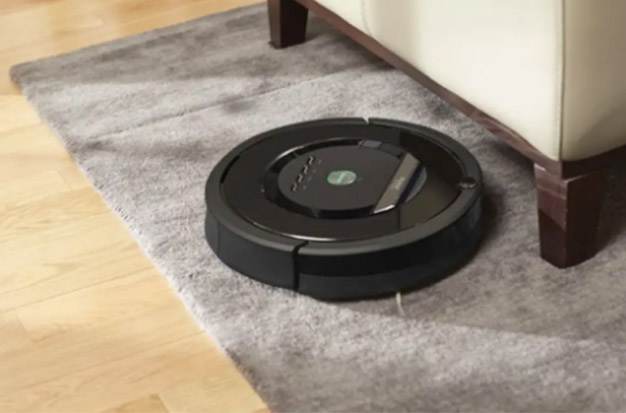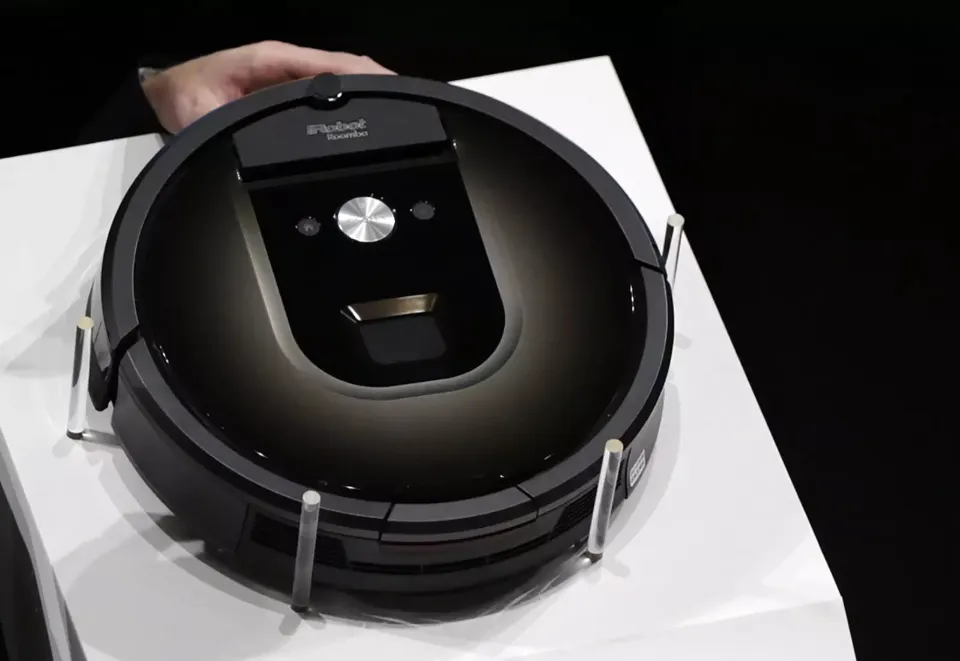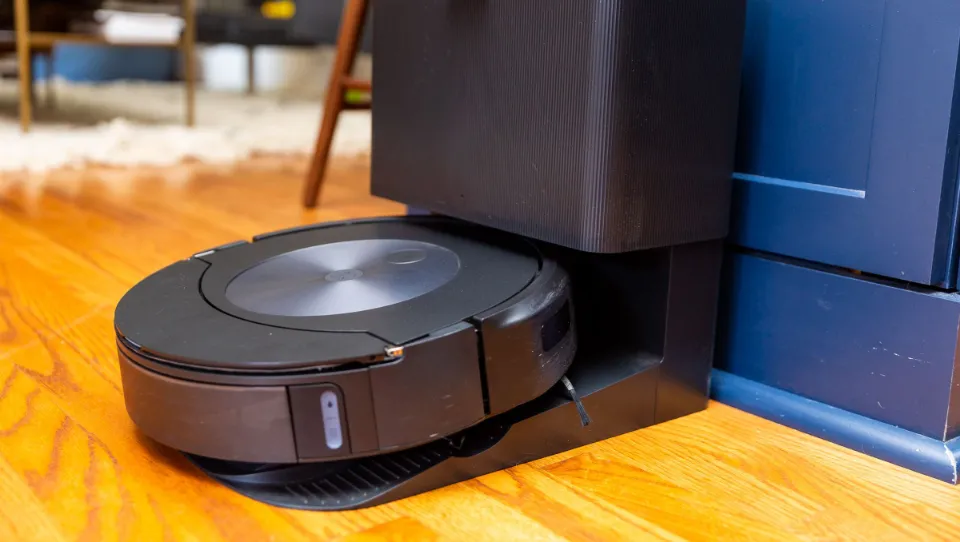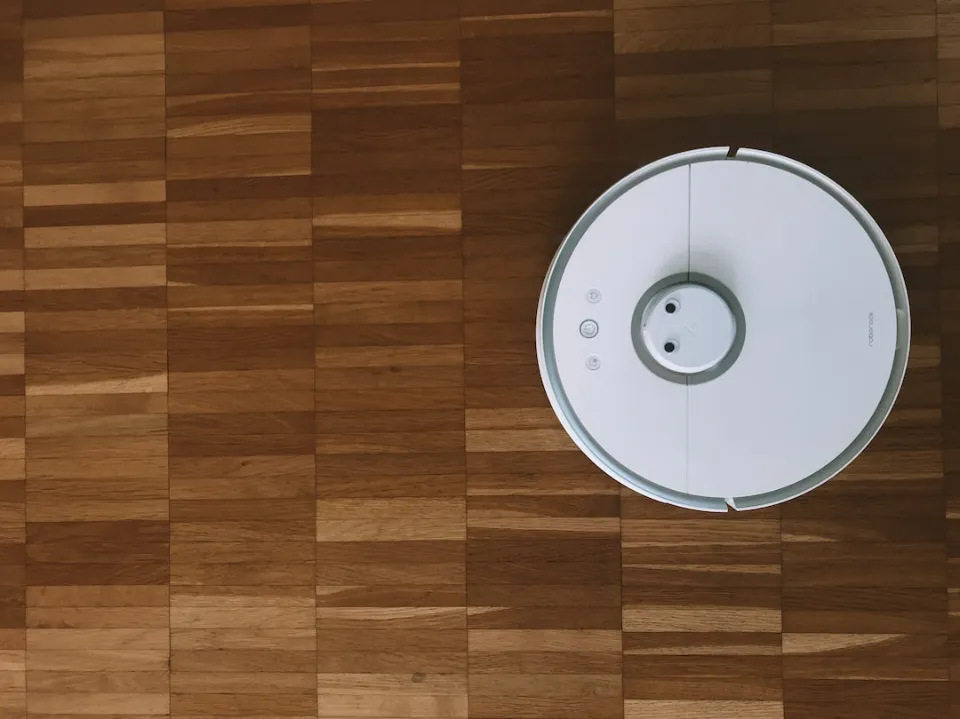Robotic vacuums can be used on carpets, particularly low-profile carpets with short piles. To achieve the best results, many models are built with automatically adjusting cleaning heads, adjusting heights that make it easier to transition to carpet and even suction adjustment between carpets and hard flooring.
If you have carpets and rugs lying around your home, though, things will be more difficult. Numerous robot vacuums are available, but they are frequently confused and have trouble moving from carpets to hardwood floors.
Let’s see if your Roomba makes your life simpler or if it causes you trouble every time it gets stuck in odd places or when switching between different platforms.
What Is A Roomba?
Robotic vacuum cleaners such as Roomba s9+ are used to clean up the dirt from carpeted areas. Aside from the occasional cleaning, they require no charging or maintenance. (Read More: iRobot Roomba s9+ Robot Vacuum For Pet Hair Review)
Because they use sensors and software to determine the best route to clean your carpet, these devices are actually robotic vacuum cleaners rather than simple vacuums. In order to complete the task, they can therefore move around objects and other obstructions.
The Roombas from the first generation looked rather awkward. They clearly weren’t designed for the modern era. But as technology has advanced, they appear much more slick and fashionable. There are currently three sizes available for Roombas: small, medium, and large. What size do you want? If you have a limited number of rooms to clean, small ones are ideal.
Are Roombas Effective Carpet Cleaners?
The rubber and edge brushes that come with Roombas are designed to work best on hard surfaces. After all, you don’t sweep your carpet. However, all robot vacuums have strong suction that can help them draw up dust, dander, and dirt, and the rubber design of the bottom brush can assist in picking up debris on carpets.
If your home’s floors are mostly carpet, you might be debating whether you ought to purchase a Roomba. Thankfully, the robot vacuum cleaners from this brand work amazingly well on both hardwood and carpeted floors. Every day they clean up all the messes on any platform and can move fluidly from one surface to the next.
Roombas and other robotics, however, aren’t exactly powerful vacuums. They may not be able to clean your carpet as thoroughly as a full-sized vacuum with a strong cleaning head, even though their suction can be strong for their size. A robot vacuum might not be able to handle embedded dirt or other debris that has sunk deep into the pile of your carpet. For this reason, it’s essential to occasionally vacuum larger areas of carpet as well.
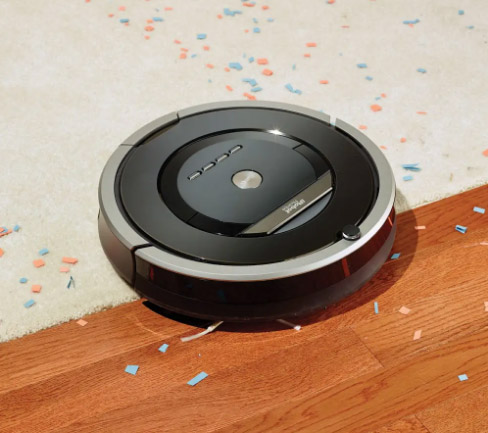
How Does Roomba Perform On Your Carpet?
As it has iRobot’s 3-Stage Cleaning System, Roomba can, in essence, still operate on carpets. You can observe the device’s dual brush rollers rotating in opposition as it moves over the carpet. All of the dirt embedded in the carpet fibers will be stirred up by these motions, after which the suction will be turned on for vacuuming. The Roomba dustbin will be stuffed full of trash.
How Can I Get A Roomba To Move Onto The Carpet?
A low-profile carpet shouldn’t be a problem for Roombas with automatic adjustment features. A simple hop onto the carpet will allow the robot vacuum to resume its motion. Toys, shoes, and even pets that may be on the carpet can be avoided by Roombas’ sensors so that they can complete their task.
Hard flooring and carpet frequently don’t have much of a transition in homes. Some robot vacuums, however, might have trouble if floor construction resulted in a sizable height difference in the surface. Today’s robot vacuums can handle carpet heights of up to three-quarters of an inch, but if your carpet is higher than that, you should try out a robot vacuum first (check out your online ordering options for return options) and consult a professional for advice on a particular vacuum. Vacuum cleaners vary in how difficult they are to use.
Will Roomba Damage Your Carpet?
Your carpet is unlikely to be ruined by any robot vacuum. However, you should be wary of rugs with fringed ends and loose carpet strings. Bumbling bots with inaccurate object sensors may eat these up right away and get stuck on them, potentially harming your floor coverings. People who enjoy a good frilly rug should think about using a robot vacuum that uses smart mapping to follow virtual boundaries rather than relying on physical no-go strips that may or may not be present.
People who live in homes with combination flooring might be thinking about a hybrid design. Nowadays, many affordable robot vacuums do offer to mop; they just make no guarantees about not also mopping your carpets. Consider a hybrid that stops its water flow when it detects soft floors to prevent your carpets from becoming soggy.
Read More: Are Roombas Worth It – Should I Buy Roomba Vacuum?
Do Robot Vacuums Work on Thick Carpets?
The answer is probably both no and yes! Since Roomba is a robot vacuum, cleaning is (of course) its primary function. You should thoroughly investigate the surfaces it deals with before making a purchase. Normal popular floor coverings that are simple to find in our homes include hardwood, tile, rugs, and carpets.
As you can see, carpets are included on the list, but there is a chance that they may not be entirely safe from this helpful vacuum.
While more expensive Roombas can handle high-pile carpets, other robot vacuums might not perform as well. In order to perform well on thicker carpets, look for robots with strong suction, dual turbines, or comparable features. You’ll need to find alternative cleaning methods once a carpet reaches the shaggy or plush stage because it is too thick for a robot vacuum to handle.
What Causes My Roomba To Avoid My Carpet?
As we mentioned above, higher, thicker rugs and carpets, especially those with fringe, may appear to your Roomba as obstacles. When this happens, Roombas will avoid carpets. Black or other extremely dark-colored carpets, however, are another significant exception. Many robot vacuum sensors are interfered with by these dark hues. Robot vacuums frequently interpret them as a potential trip or fall hazard and won’t clean on the carpet, even if it’s level with the rest of the floor.
Does All Robot Vacuum Work Well On Carpet?
Some robot vacuums are not designed to clean your floor coverings. To handle thick, high-pile carpets properly, some simply have insufficient suction or clearance. You should check each robot vacuum’s product page to see what carpet height it can handle before selecting the best ones for the carpet. While most only recommend flat-weave rugs or carpets with low piles, some vacuums can handle medium piles or even fluffy, high piles. Before deciding which model is best for you, take into account the type of carpeting in your house.
Conclusion
Undoubtedly a fantastic and practical household item, Roombas are excellent at cleaning both carpets and homes. Consider purchasing a Roomba if you’re looking for a way to get rid of one of the most abhorrent household tasks. You won’t be let down.
